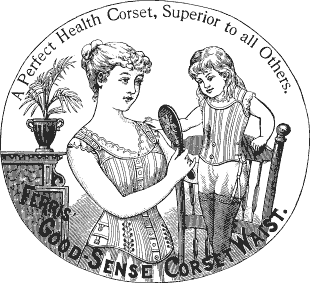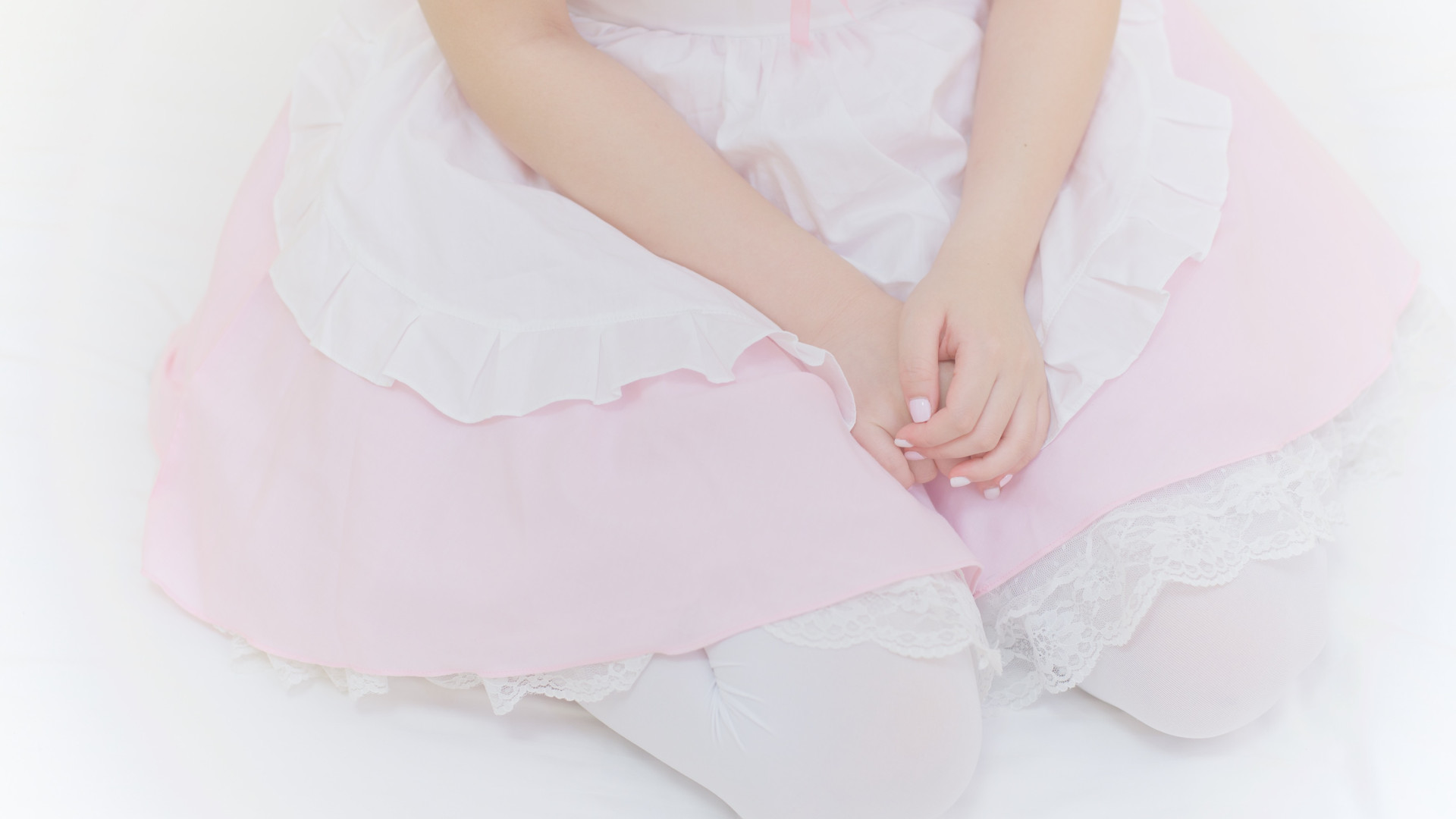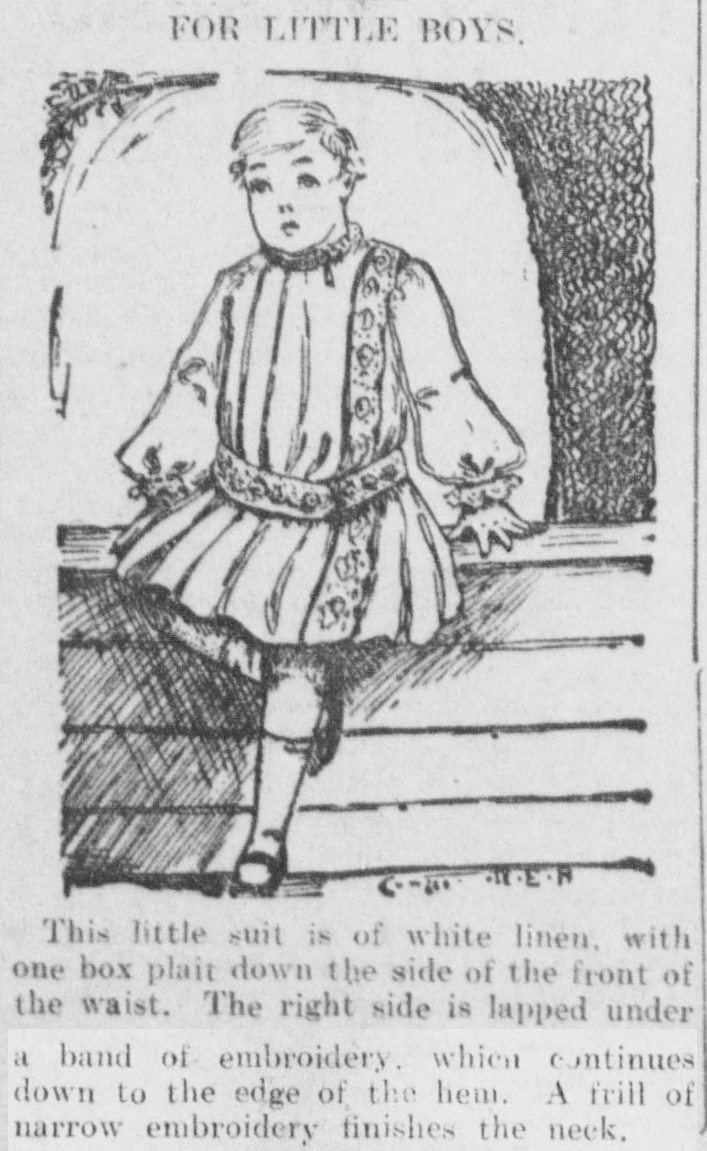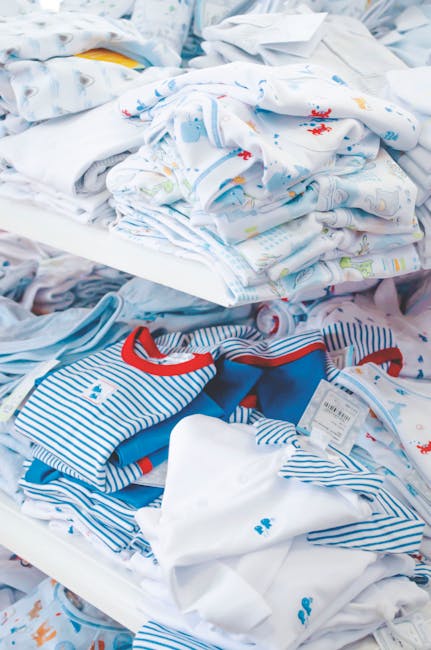It’s Not Pink Or Blue
It’s not always obvious that gendered kids' clothing is problematic. We’ve become numb to gender norms and the strong influence it has on the fashion industry. Pink is for girls and blue is for boys–– that’s just the way it’s always been. But it’s more than a matter of pink or blue, it’s the hidden messaging of colors and themes that negatively represent each gender. From harmful stereotypes to social limitations, there are many reasons why gendered clothing is out of fashion.
1. Harmful Stereotypes For Girls
When we see graphics on young girls' clothing, we come across “Daddy’s Little Princess”, or “Too Pretty For Math” or pink sparkly unicorns. From a very young age, we are already implying that girls are supposed to be pretty and pampered and dependent on others. Unicorns are awesome but they represent fantasy and beauty and are seldom on boys’ clothes. Even when girls are given a ferocious dinosaur, they’re usually cute and innocent or wearing a tutu.
2. Harmful Stereotypes For Boys
Graphics and slogans on boys’ clothes often relay messages about being aggressive, dominant, or womanizing, emphasizing toxic masculinity. We see toddler clothes that say “Little Heartbreaker” or “Boys Will Be Boys” which already promotes the harmful stereotype that males can be in the wrong and get away with it. When we see images like buff figures or intimidating animals, it implies that boys must be strong and threatening.
3. Limits Self-Expression
When the boys’ and girls’ sections are on the opposite ends of the spectrum, they can feel very limited in expressing their true selves. If their choices are limited to what society has funneled into feminine and masculine imagery, children are put in a box that they can’t look outside of. Simply put, limiting their choices limits their self-expression.
4. Reinforces Gender Bias
Gendered kids’ clothing often reinforces the outdated gender bias. It promotes gender roles and expectations that limit their future choices. You’ll often come across a boy’s slogan saying something like “Future CEO” while the girls get “Future Trophy Wife”. And it’s not just the graphics–– hemlines on tops and shorts are at least a couple of inches shorter on girls' clothes than boys. We are alluding to girls wearing more revealing clothing and the boys’ fit is more for being active.
 Samuel Regan-Asante on Unsplash
Samuel Regan-Asante on Unsplash
5. Body Image Issues
Hemlines and themes on gendered kids’ clothing are feeding them with body type expectations. If boys think they need muscles to be manly and girls need to be slender to show off their thighs, they’ll develop body image issues in their youth. Unrealistic beauty standards start with kids' fashion and can greatly impact their mental health as they get older.
6. Encourages Bullying
If girls and boys wear specific gender-based clothing they’ll assume there’s a right and wrong way to dress. Bullying often addresses the appearance of someone the bully finds amusing. If a girl or boy prefers to wear the opposite gender’s clothes, it would encourage bullying. If a boy wears pink to school, you can count on him getting picked on by another boy.
7. Gendered Marketing Tactics
Marketing cleverly uses gender norms to its advantage. We are bombarded with children’s advertisements that can be subtly or blatantly gendered. When kids see posters and commercials with gendered marketing, they start internalizing gender biases and stereotypes at a young age. Girls will unconsciously favor bright pink whereas the boys will be led to their sea of blue t-shirts.
 AnonymousUnknown author on Wikimedia
AnonymousUnknown author on Wikimedia
8. Limits Activities
When girls' clothing is skirts and dresses, it’s not encouraging them to horse around like the boys wearing sports gear. Additionally, scratchy tulle, sequins, and glitter fabrics are common materials in the girls’ section, enforcing the idea that it’s more important to look pretty than to be comfortable or practical. Clothing functionality can impact what activities kids can comfortably engage in and often limit their freedom of choice.
9. Gender Identity Confusion
Segregating children’s clothes by gender only leads to identity confusion. When we’re young we are only learning about who we are and what we like. Our interests are strongly influenced by our peers and the grownups who raise us. Kids are persuaded to like a style that matches their sex when they might prefer the opposite. A boy may become perplexed if he wants to wear dresses like his female classmates when none of the other boys do.
10. Pressure On Parents
There’s a lot of pressure put on parents with heavily gendered clothing. Their options for their children are limited to the sections they’re supposed to shop in. If you’re a parent who wants to promote individuality in your kid but you also don't want them to be bullied on the playground, you come to a dilemma of how to dress them. The safety and health of our children is a priority and the fashion industry puts a toll on that.
Despite children’s fashion heavily promoting toxic gender bias and stereotypes, there are ways we can avoid it. Here are ways we can help dress our kids for success:
1. Shop At Inclusive Shops
If you become aware of the gender equality problem, you’ll start to see it in certain brands more than others. There are many shops and brands out there now that are trying to put an end to harmful messaging with uplifting slogans for both genders and similar themes on all clothing. Some shops have eliminated the segregated girls' and boys' sections altogether.
2. Buy Gender-Neutral Clothing
Stick to gender-neutral clothing as much as possible. That means avoiding buying tops with biased slogans or only dressing your little girl in frills and bows. You can still dress them in all the colors of the rainbow, but sticking to colors that aren’t all pink or blue can help with that powerful stereotype.
3. Encourage Style Exploration
When they’re old enough, let them dress themselves! We understand that you may need to be somewhat cautious and hide the dress-up box on a school day, but if you let them start making fashion choices it could help them choose unbiasedly. See what colors and graphics attract them when you shop together but make sure to shop in a gender-neutral store or take them to both sections.
4. Talk About It
Talk about it! Start talking to your children about gender and what it means. Let them know the reasons why they might see kids wearing certain things while others don’t. Have the conversation at a young age and continue to talk about it so they can be more aware of gender bias and less self-conscious about their interests.
5. Shop In Both Sections
If you’re at the mall and are limited to choices, try shopping in both sections. If you’re buying clothes for your daughter, consider the jeans from the boys’ section if they look like a better fit, or grab a girl’s tee for your son if you know they’ll love the graphic. Generally, in the first decade of life, girls and boys bodies aren’t drastically different in size.
6. Educate Others
Be a role model for other parents and educate them about the hidden and harmful messaging in the fashion industry. You can share brands on social media you can relate to or you can let them know that you bought your daughter’s t-shirts from the boys’ section and why. You don’t have to be preachy but any conversation about the topic will open up doors for new perspectives.
7. Be A Role Model
Be a fashion role model for your kids to look up to. Wear mixed clothing from both the women’s and men’s sections and be gender-neutral. If you’re going to wear a “feminine” slogan make it a positive one and vice versa for male phrases. If your child sees her mom dressed in blue she’ll feel like it’s ok for her to dress that way too.
8. Avoid Gendered Graphics
Avoid heavily gendered graphics and slogans altogether. If you’re unsure if something is stereotypical–– don’t buy it. Stick to characters that speak to both genders equally or make sure your little girl wears superhero pajamas if she wants to.
 Viktoria Slowikowska on Pexels
Viktoria Slowikowska on Pexels
9. Encourage Various Activities
Involve your kids in various activities that don’t limit their interests and outfit choices. Make sure they play in mixed-gender environments and sign them up for extracurriculars they are suited for, rather than what their gender implies. Put both girls and boys on sports teams, music lessons, and gymnastics–– let them decide for themselves what they like and don’t like.
10. Avoid Shows With Gender Stereotypes
When you have control of what they watch, stick to shows and movies with gender equality influences. Even if it's nostalgic to you, avoid old programs with outdated stereotypes that could impact your child’s behavior. Fashion stereotyping is extremely relevant in media–– the way characters dress will strongly influence little kids.

























